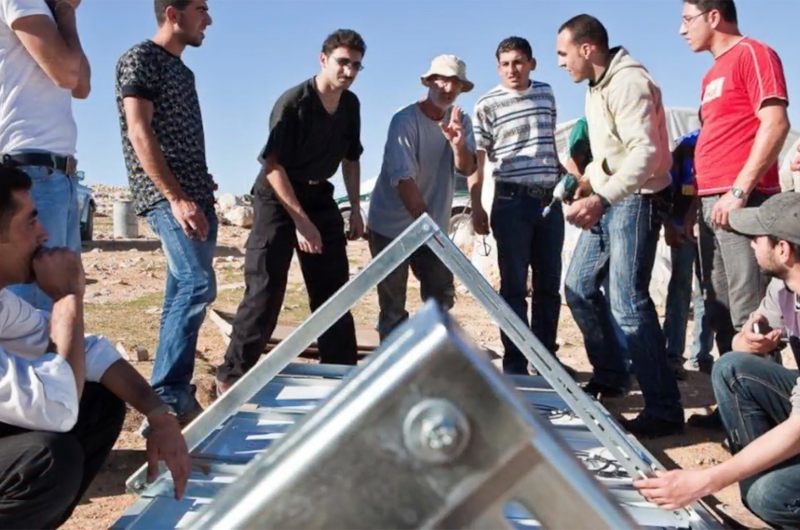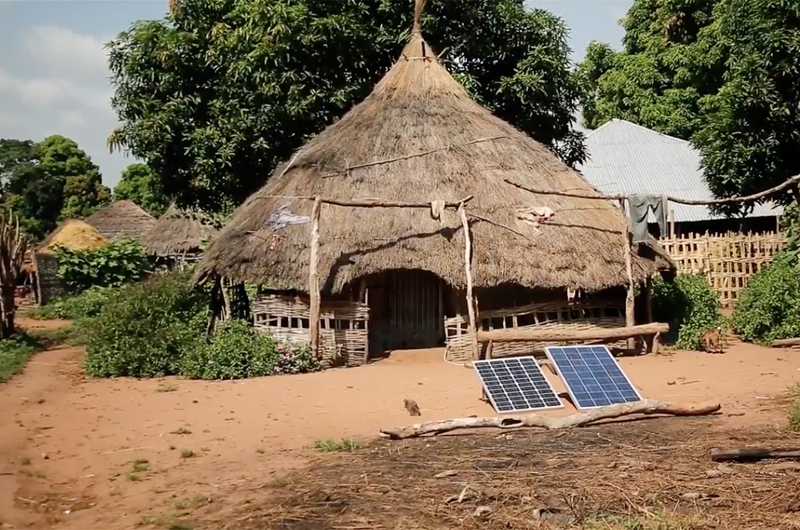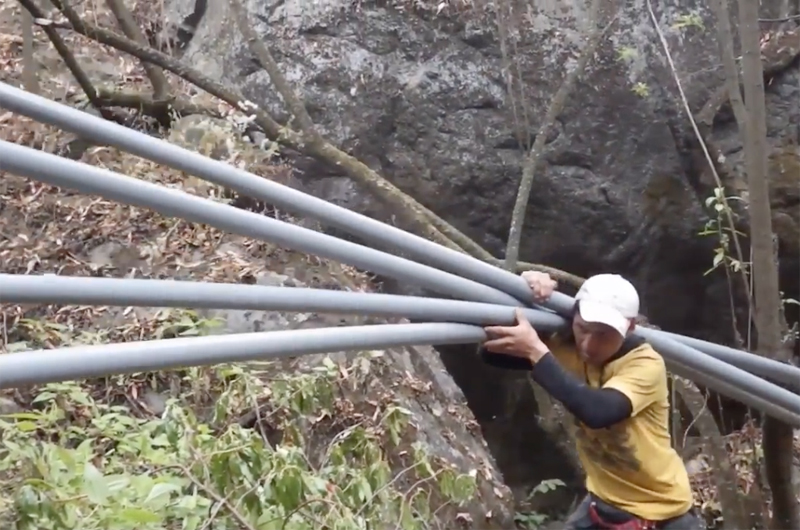
When it comes to answering tough questions like “How do we supply electricity to a village without exacerbating tensions with their neighbors?” “How can installing a water system in a disputed territory lead to greater cooperation?” or “Why is a pipeline being built there?” PeaceTech Lab and Drexel University think engineers could play an important role at the government agencies, companies and relief organizations responsible for these decisions. The University and PeaceTech Lab, a nonprofit organization headquartered at the U.S. Institute of Peace in Washington, D.C., have created a master’s degree for engineers who want to contribute to the prevention of crises around the world.
The degree, called “Peace Engineering,” launches this fall as a two-year master of science and a one-year online certificate with the goal of preparing engineers to work with relief organizations and corporations that operate in conflict zones.
“This is a program for engineers who want to have a direct impact on people’s lives,” said Joseph Hughes, PhD, a professor in Drexel’s College of Engineering and director of the Peace Engineering program. “By learning about the underlying causes of conflict and approaching these issues from an engineer’s perspective, ‘peace engineers’ are better equipped to plot out viable solutions that can help solve these complex problems without creating more of them.”
Why Do Engineers Make Good Peace Builders?
According to Hughes, engineers are particularly well-equipped to address issues of complexity because their education trains them to break a problem into its parts, or systems, and resolve it by calculating the outcome that would result by adjusting the systems in different ways.

Drexel University and PeaceTech Lab view this approach as complementary to the peacebuilding field. “Conflict is a symptom of complex human dynamics — today’s conflicts require a different kind of strategy and a different kind of specialized knowledge,” explained PeaceTech Lab President and CEO Sheldon Himelfarb. This demand for specialized knowledge is why the partnership with Drexel came to fruition.
Drexel University and PeaceTech Lab’s partnership began last summer with a pair of introductory courses for engineering undergraduates interested in peacebuilding, and a co-op program through which Drexel students supported PeaceTech Lab’s efforts to bring technology into conflict resolution on projects ranging from Central America to right here in Philadelphia. The master’s program builds on the success of these opportunities.
Building a Peace Engineer
PeaceTech Lab recognizes that society has reached a point where technology is tied to many of the systems that comprise conflict — and, as such, it is part of the solution. Partnering with engineers who already understand the way to address a problem and have the means to calculate the impact of using technology to affect the systems brings efficiency, new ideas and solutions to the fore.
“The peacebuilding field can benefit from the skills that engineers possess,” said Althea Middleton-Detzner, director of PeaceTech Lab’s Peacebuilding Engineers Program. “Complex problems that involve human and conflict dynamics require cross-disciplinary expertise to resolve. We need engineers who understand these complex conflict and post-conflict environments, and who can speak to non-engineers. Likewise, we need social scientists who can understand engineering thinking and the value it brings to the peacebuilding field.”
Middleton-Detzner, who helped build the Peace Engineering curriculum, developed courses that introduce engineers to skills like active listening, negotiation and mediation, cross-cultural communication and conflict analysis in order to prepare them to work and communicate with anyone from diplomats and CEOs, to relief workers and community leaders.

The master’s track also includes courses on theories of conflict management, risk assessment, systems analysis and community-based design, which are intended to reorient the way engineers approach a problem. For engineers working on international projects in areas where there is a crisis, it can be stressful to learn these approaches on the job.
“You get thrown into this situation but the context is so different that the textbook learning might not be applicable,” said Hughes, who experienced engineering in a conflict zone firsthand when he worked in Angola in 2003, following its civil war. “I realized that I could do everything right from an engineering perspective but still mess so many things up for these people — it became paralyzing. That’s why we need leaders in the field who can understand all the destabilizing forces that come into play.”
To prepare engineers for leadership under these conditions, instructors from PeaceTech Lab and more than 20 faculty members from across the University will teach courses that present a combination of case studies, classroom and online lectures, and simulation exercises. In addition, part of the program includes an experiential education opportunity at PeaceTech Lab or other international organizations, where students gain experience in the peacebuilding field before they graduate.
Where Do Peace Engineers Work?
Bernard Amadei, PhD, a visiting professor from the University of Colorado and founder of Engineers Without Borders in the U.S., has seen engineering education evolve over the last few decades to include more opportunities for students to learn in humanitarian outreach settings. Amadei, who helped create the Peace Engineering masters, sees it as the next step toward officially recognizing the experiences of engineering students and acknowledging the demand for their unique skillset in the workforce.
“There’s a real demand for young engineers with these experiences of working with other groups of people from around the world. I’ve seen that demand grow since the start of Engineers Without Borders — companies are scooping them right up.” Amadei said. “It makes sense, if you think about how many companies are global today. There is a real value to being able to hire someone who has already been trained to work with diverse groups of people to deal with complex issues.”
Hughes suggests that, in addition to supporting efforts like those of PeaceTech Lab and non-government relief organizations, Peace Engineering graduates would be in demand for positions at international companies working in conflict areas, as well as the financial institutions backing projects there. Having engineers on the ground to assess and address the situation removes a great deal of uncertainty and allows these companies to better understand the risk of starting a project in a conflict zone.
“There is a lot of money not being invested in these places because there is so much uncertainty. Engineers can help assess and manage the risk if they have this training in conflict resolution,” Hughes said. “We need more people who can understand if these decisions are going to help solve a problem — or cause an even bigger one.”
Learn more about Peace Engineering.